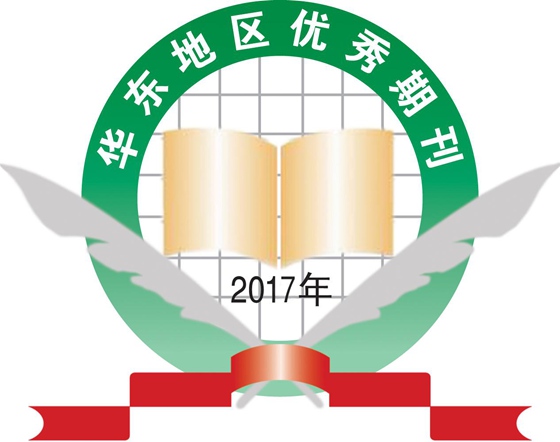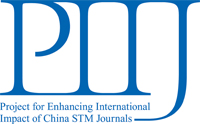Objective: To study the mechanism of Qushi Huayu Decoction (QHD), a compound of traditional Chinese herbal medicine, in prevention and treatment of non-alcoholic steatohepatitis (NASH).
Methods: Thirty-five Wistar male rats were randomly divided into normal group, untreated group, QHD group and Ganle (diisopropylamine dichloroacetate) group. The rats except those in normal group were subcutaneously injected with carbon tetrachloride (CCl4) for 4 weeks (twice per week) and simultaneously fed with high-fat and low-protein diet for 2 weeks to induce NASH. Then, the rats were administrated with QHD, Ganle, or distilled water for 2 weeks, respectively. After harvest, alanine aminotransferase (ALT) activity and tumor necrosis factor-α (TNF-α) content in serum as well as triglyceride (TG) and free fatty acid (FFA) in liver tissue were evaluated, and relativity analysis among these parameters was performed. Cathepsin B (Ctsb), phospho-inhibitor kappa B (P-IκB), TNF-α protein expressions in liver tissue were assayed with western-blot. The expression and distribution of ctsb in liver tissue were observed with immunohistochemical method.
Results: The contents of TG, FFA and activity of ALT were significantly decreased in QHD group. While in the Ganle group, only the activity of ALT in serum was decreased significantly. Expressions of Ctsb, P-IκB and TNF-α proteins in liver tissues and serum TNF-α level were all enhanced in untreated group which, however, were significantly inhibited in the QHD group. And as expected, there were significant relativities among contents of TG in liver tissues and the content of FFA in liver tissue and activity of ALT in serum, content of TNF-α in serum and content of FFA in liver tissue and activity of ALT in serum.
Conclusion: The inhibiting effects of QHD on fat deposition and inflammation in liver are related with its inhibition on the "FFA-Ctsb-TNF-α" pathway of lipo-toxicity.
 Table of Content
Table of Content














